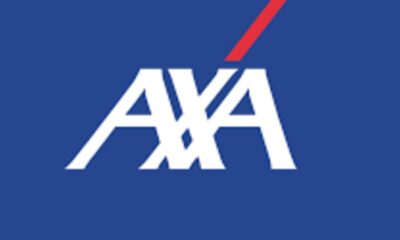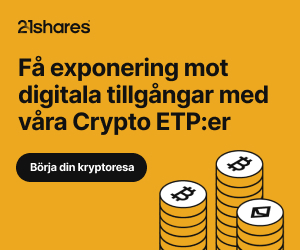Nyheter
Aktiv ETF med tillgång till den globala obligationsmarknaden för högavkastande obligationer
-

 Nyheter3 veckor sedan
Nyheter3 veckor sedanFonder som ger exponering mot försvarsindustrin
-
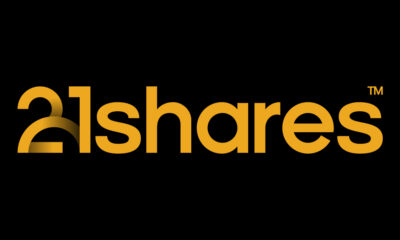
 Nyheter2 veckor sedan
Nyheter2 veckor sedanCrypto Market Risks & Opportunities: Insights on Bybit Hack, Bitcoin, and Institutional Adoption
-

 Nyheter3 veckor sedan
Nyheter3 veckor sedanWarren Buffetts råd om vad man ska göra när börsen kraschar
-

 Nyheter4 veckor sedan
Nyheter4 veckor sedanDe bästa börshandlade fonderna för tyska utdelningsaktier
-

 Nyheter2 veckor sedan
Nyheter2 veckor sedanSvenskarna har en ny favorit-ETF
-
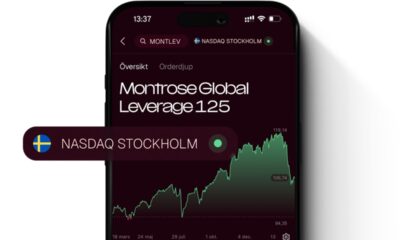
 Nyheter1 vecka sedan
Nyheter1 vecka sedanMontrose storsatsning på ETFer fortsätter – lanserar Sveriges första globala ETF med hävstång
-

 Nyheter3 veckor sedan
Nyheter3 veckor sedanHANetf lanserar Europa-fokuserad försvars-ETF
-
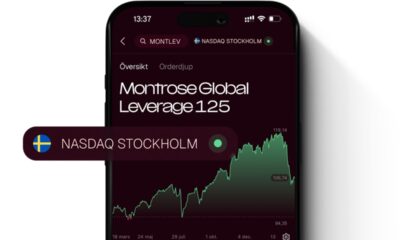
 Nyheter1 vecka sedan
Nyheter1 vecka sedanMONTLEV, Sveriges första globala ETF med hävstång



